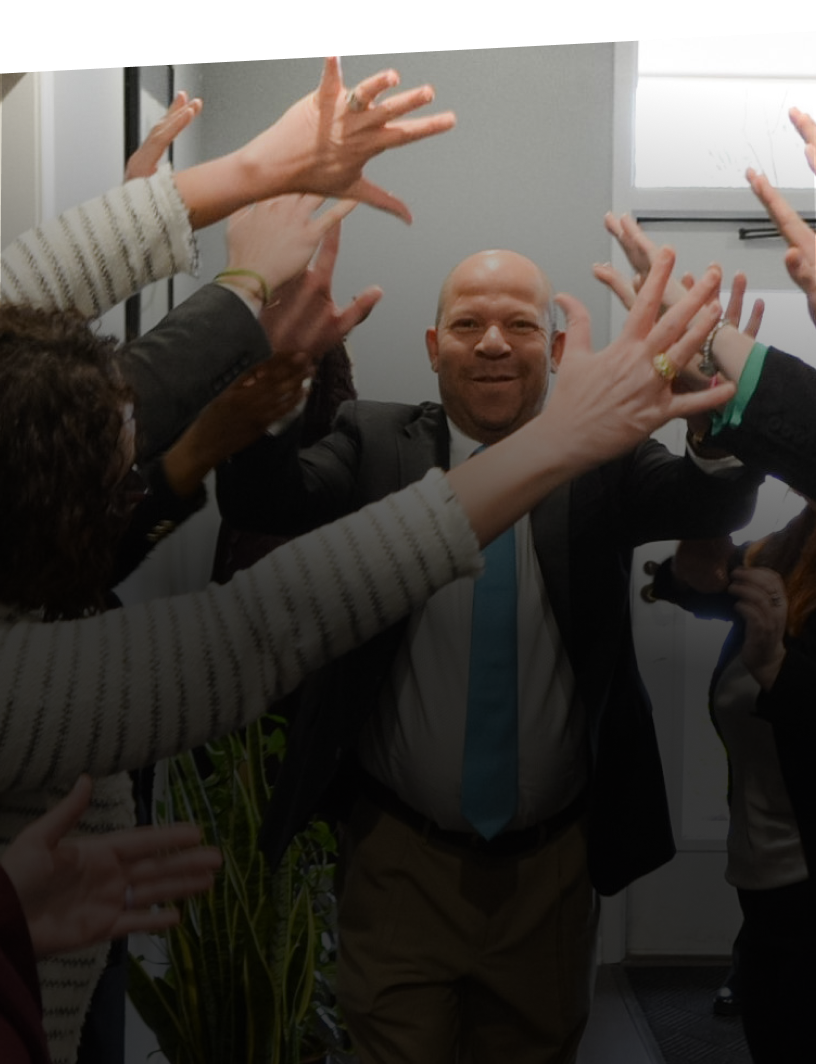
Clergy abuse is defined as inappropriate, non-consented behavior that is conducted by religious leaders or other authoritative figures. Examples of such abuse are commonly demonstrated through sexual, emotional, physical, or spiritual misconduct. In religious settings, victims often feel isolated or guilty and hesitate to seek help.
The prevalence of clergy abuse in religious settings dates back centuries but has recently been exposed in certain religions more than others, creating the misconception that such abuse is more dominant in said environments.
The founding attorney of White Law PLLC has proudly defended victims in cases of sexual assault that have received national attention, including hundreds of Boy Scouts of America and clergy abuse victims. We know that abuse can happen in any religious tradition. This article will cover the prevalence of clergy abuse in different aspects to best deter it and protect the victims.
What Factors Contribute to the Spread of Clergy Abuse?
It’s crucial to understand what conditions exist in these settings to promote clergy abuse in the first place before delving into which organizations have received the most allegations of abuse. Abuse is not always associated with a particular religious sect any more than it is with the environment that fosters its occurrence.
For instance, the following elements are present in the majority of cases of clergy abuse:
Institutional Secrecy
If an institution allows or prioritizes secrecy and covering things up to protect the well-being of the church, it naturally cares more for the reputation of the institution than the people within it. In return, a cycle of abuse is easily formed, where perpetrators can abuse freely or openly without suffering any consequences.
Power Dynamics
Adopting a hierarchical structure in which authoritative figures are placed on a pedestal or have the last say is dangerous. The morale of a group should rest in its equality of power instead of allowing priests, ministers, rabbis, or other leaders to exploit power over everyone else.
No Accountability
Another factor that easily contributes to the dominance of religious clerical abuse is a lack of accountability. Accountable action looks like establishing a safe and fair reporting system that allows victims the space to be transparent, followed by a thorough investigation, or notifying the police. Without proper procedures to report abuse, the cycle of impunity will continue.
If you or someone you know
endured clergy sex abuse,
contact White Law PLLC today.
Which Denomination Has Clergy Abuse Been Reported in the Most?
Clergy abuse continues to be a consistent issue within various religious institutions but began garnering public attention in the late 1980s through 2000s due to advocacy groups like
the Survivors Network of Those Abused by Priests (SNAP) or Ending Clergy Abuse (ECA), who helped survivors share their experiences and seek help.
Numerous cases have been exposed since then, with the Roman Catholic Church paying out an estimated $3 billion or more in settlement funds, according to the National Catholic Reporter (NCR). When it comes to which denominations prevalently report clergy abuse, the following institutions have received the most coverage and outrage:
- Catholic Church
- Protestant denominations
- Independent churches
Other religious institutions, such as Judaism, Buddhism, Hinduism, and other religions, experience clergy abuse as well. Despite being prevalent in many religions and groups, the handling of clergy sexual abuse varies by culture. Some religions have a reputation for ignoring the claims and erasing the evidence rather than holding the abusers accountable.
You can contact our clergy sex abuse
lawyers today and rest easier with
experienced attorneys tackling your case.
How Prevalent Is Clergy Abuse in Islamic Communities?
Sexual abuse by clerics is not a new occurrence for the Muslim community, but due to their cultural practices, many cases tend to go unreported. There is very limited statistical information on clergy abuse in Islam, but the National Institute of Mental Health (NIMH) in Pakistan reported that at least 33% of boys attending Islamic schooling experienced sexual abuse.
Contributing to this alarming rate were the following factors:
- Patriarchal structures that put spiritual leaders in a position of high morale, making it difficult to report abuse
- Lack of policies that prevents abuse or educates victims on what to do next
- Ostracism in reporting abuse, particularly if the perpetrator is a highly regarded community member
No matter the reason that clergy abuse occurs, survivors tend to have long-lasting effects of abuse, and depending on the place where it occurred, they may or may not be able to take legal action. If possible, clergy abuse victims should seek medical attention so that abuse can be documented and treated properly.
How Can Institutions Put a Stop to Widespread Clergy Abuse?
Clear reporting and investigative procedures can be an effective strategy for preventing widespread clergy abuse in all religious spaces. These protocols can be useful in the following ways:
Promotes Justice
Victims of clergy abuse could feel afraid, ashamed, or helpless. Religious institutions can convey that they take abuse claims seriously and will fully investigate them by having clear reporting mechanisms in place. Knowing that they will be taken seriously and that their abuser will be held accountable may inspire victims to come forward and disclose abuse.
Upholds Accountability
It’s crucial for religious institutions to fully examine reported instances of abuse and hold perpetrators accountable. Ensure that the perpetrators of abuse are brought to justice, this may entail working with secular authorities. Institutions can send a message that abuse will not be tolerated and that abusers will be held accountable by holding them accountable.
Exemplifies Transparency
Religious institutions can improve their openness and accountability by having clear reporting and inquiry procedures. This can show a commitment to preventing abuse and help establish confidence with congregation members and the larger community.
Creates a Deterrent
Reporting and investigative methods can also assist organizations in determining the areas where preventative measures are required. A need for more education and training on abuse prevention may be indicated, for instance, if numerous claims of abuse are made inside a particular religious institution.
Overall, preventing future clergy abuse requires clear reporting and investigation methods. Religious organizations may make society safer and more just by putting their members’ safety and well-being first and fighting to stop abuse.
What to Do If Clergy Abuse Is a Problem in Your Religious Institution
There are a number of actions you can take if clerical abuse is rampant in your religious organization:
- Report the abuse: It’s crucial to inform the relevant authorities if you or someone you know has experienced clergy abuse. Depending on the type of abuse, this can include both religious and secular authority. You can also look for assistance from advocacy organizations or other services for abuse victims.
- Advocate for victims: Work inside your religious organization to promote rules and procedures that give members’ safety and well-being a high priority. This can involve creating reporting and investigation mechanisms, encouraging transparency and accountability, and supporting improved abuse prevention education and training.
- Seek outside assistance: If your religious organization is not treating the problem of clerical abuse seriously, you might need to look for outside assistance. This may entail getting in touch with advocacy groups, asking for help from secular authorities, or contacting a trustworthy clergy abuse lawyer to help you explore your legal options.
Lastly, consider leaving your church or institution if the abuse is not addressed properly. While the decision may be challenging to make initially, victims must prioritize their safety and health to survive.
You have the right to reach out to
a clergy sex abuse attorney and
discuss your right to legal action.



